Home>Gardening & Outdoor>Landscaping Ideas>What Is Grass Carp
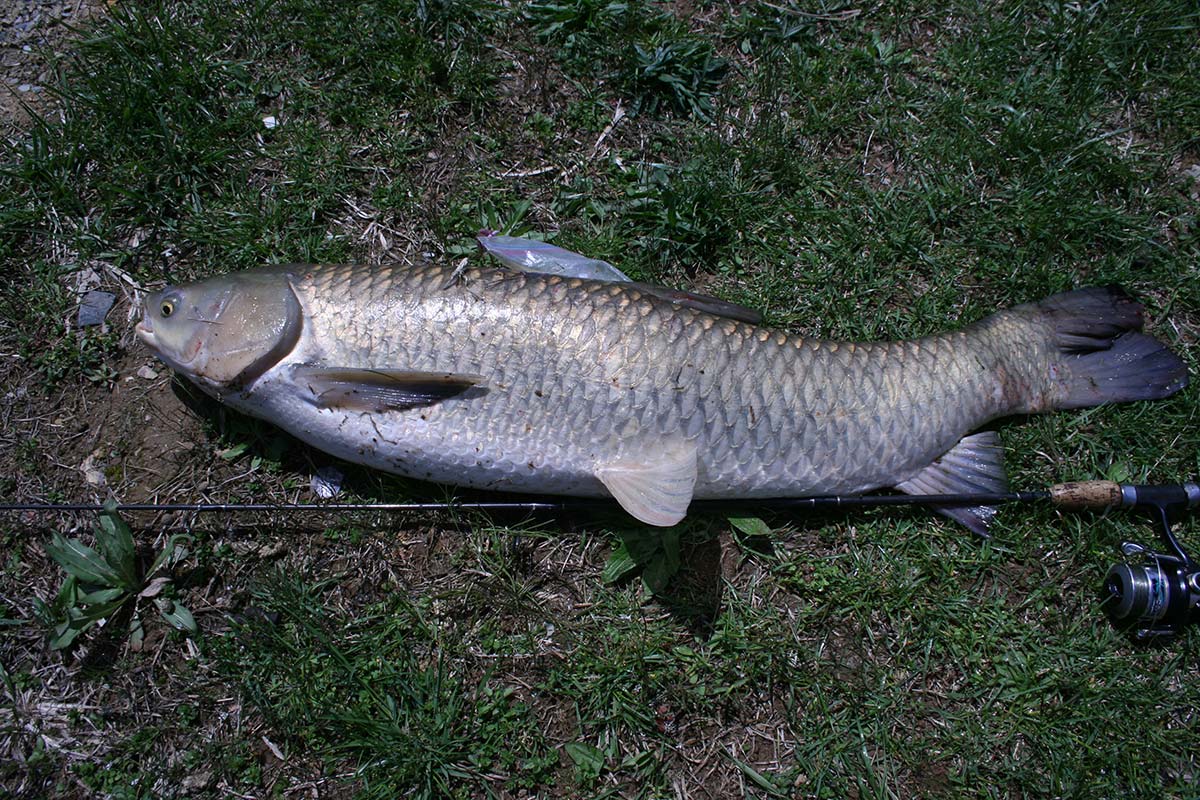

Landscaping Ideas
What Is Grass Carp
Modified: March 28, 2024
Learn about using grass carp in landscaping ideas to control aquatic vegetation and maintain a healthy ecosystem. Find tips and advice for incorporating grass carp in your landscaping projects.
(Many of the links in this article redirect to a specific reviewed product. Your purchase of these products through affiliate links helps to generate commission for Storables.com, at no extra cost. Learn more)
Introduction
Grass carp, scientifically known as Ctenopharyngodon idella, is a freshwater fish species that holds significant ecological and economic importance. Also referred to as the white amur, this herbivorous fish is native to eastern Asia, particularly China. Its introduction to various parts of the world has sparked considerable interest and debate due to its role in aquatic ecosystems and its potential impact on biodiversity.
The grass carp has garnered attention for its remarkable ability to control aquatic vegetation, making it a popular choice for managing overgrown aquatic plants in various water bodies. This species has also become a subject of interest in aquaculture, where it is cultivated for its meat, which is considered a delicacy in some cultures.
Understanding the physical characteristics, habitat, diet, and reproductive behavior of the grass carp is crucial for comprehending its ecological role and managing its populations effectively. Moreover, exploring the methods for controlling and utilizing this species can shed light on its broader significance in environmental conservation and sustainable resource management.
In the subsequent sections, we will delve into the intricate details of the grass carp, shedding light on its physical attributes, habitat preferences, feeding habits, reproductive patterns, and its ecological and economic significance. By unraveling the enigmatic nature of this species, we can gain a deeper appreciation for its role in shaping aquatic ecosystems and its potential as a valuable resource for human societies.
Key Takeaways:
- Grass carp, also known as white amur, is a herbivorous fish from Asia that helps control aquatic plants. It’s important for ecosystems and can be used for food and cultural purposes.
- Grass carp’s physical features, habitat, diet, and reproduction play a big role in managing aquatic environments. It’s important to balance its use for vegetation control with protecting native biodiversity.
Read more: What Will Grass Carp Eat
Physical Characteristics
The grass carp exhibits a sleek and elongated body, characterized by its olive-green to silver-gray coloration, which provides effective camouflage in its natural aquatic habitats. This species can grow to substantial lengths, often reaching over three feet, with some individuals exceeding four feet in the wild. The body is adorned with large, slightly protruding scales, and the fins are typically a dusky color, adding to the fish’s understated yet elegant appearance.
One of the most distinctive features of the grass carp is its robust and forward-facing mouth, which is well-adapted for grazing on aquatic vegetation. The pharyngeal teeth are specialized for masticating fibrous plant matter, enabling the fish to efficiently consume a wide array of aquatic plants, including submerged, floating, and emergent species.
Furthermore, the grass carp is equipped with a powerful and streamlined musculature, allowing it to navigate swiftly through water bodies and sustain prolonged periods of movement. Its caudal fin, or tail fin, is deeply forked, providing exceptional propulsion and agility, essential for evading predators and foraging across diverse aquatic environments.
As a species that has been extensively studied for its ecological and commercial significance, the physical characteristics of the grass carp hold profound implications for its role in shaping aquatic ecosystems and its potential as a valuable resource for sustainable aquaculture and environmental management.
Habitat and Distribution
The grass carp is primarily found in freshwater environments, favoring rivers, lakes, reservoirs, and ponds with abundant vegetation. It thrives in areas with slow to moderate water flow, where it can efficiently feed on a diverse range of aquatic plants. This species exhibits a remarkable adaptability to varying water conditions, demonstrating a preference for clear, well-oxygenated waters that support the growth of its preferred food sources.
Native to eastern Asia, particularly China, the grass carp has been introduced to numerous countries worldwide for vegetation control and aquaculture purposes. Its widespread distribution can be attributed to intentional introductions for weed management as well as accidental releases from aquaculture facilities. In some regions, the grass carp has established self-sustaining populations, impacting local ecosystems and raising concerns about its ecological interactions with native species.
Given its herbivorous nature, the grass carp plays a pivotal role in shaping the structure and composition of aquatic plant communities in its introduced habitats. While its introduction has been beneficial for managing excessive aquatic vegetation in certain water bodies, it has also raised ecological concerns related to the potential displacement of native flora and alterations in habitat complexity and biodiversity.
Understanding the habitat preferences and distribution patterns of the grass carp is crucial for assessing its ecological impact and implementing effective management strategies to mitigate potential environmental disruptions. By gaining insights into the interplay between the grass carp and its surrounding ecosystem, we can strive to achieve a harmonious balance that supports both the conservation of native biodiversity and the sustainable utilization of this valuable species.
Diet and Feeding Habits
The grass carp is renowned for its herbivorous feeding habits, primarily consuming a wide variety of aquatic plants and macrophytes. This species exhibits a remarkable capacity to consume large quantities of vegetation, playing a crucial role in regulating the growth of aquatic plants in its natural and introduced habitats. Its feeding behavior is characterized by continuous grazing, where it methodically consumes submerged, floating, and emergent plant species, shaping the structure and composition of aquatic vegetation communities.
The digestive system of the grass carp is well-adapted to process fibrous plant material, featuring specialized pharyngeal teeth and a lengthy gastrointestinal tract that facilitates the breakdown and assimilation of cellulose and other complex carbohydrates present in its diet. This unique physiological adaptation enables the grass carp to thrive on a predominantly herbivorous diet, effectively converting plant matter into energy and essential nutrients.
Given its remarkable appetite for aquatic vegetation, the grass carp is often employed as a biological control agent for managing excessive plant growth in water bodies, including invasive and nuisance plant species. Its selective feeding behavior and ability to target specific plant species have made it a valuable asset in aquatic ecosystem management, providing an environmentally friendly alternative to chemical-based control methods.
However, the extensive consumption of aquatic plants by the grass carp can also raise ecological concerns, particularly in regions where its introduction may lead to the depletion of native plant species and disruptions in the ecological balance of aquatic habitats. As such, the careful consideration of the grass carp’s feeding habits and its ecological implications is essential for implementing sustainable management practices that support the preservation of native biodiversity while harnessing the species’ natural capabilities for vegetation control.
Grass carp are a type of freshwater fish known for their ability to control aquatic vegetation. They are herbivorous and can help manage overgrown plants in ponds and lakes.
Reproduction
The reproductive behavior of the grass carp is a fascinating aspect of its life cycle, encompassing distinct patterns that contribute to the species’ population dynamics and ecological interactions. As a prolific breeder, the grass carp exhibits a remarkable capacity for reproduction, with spawning events typically occurring in response to specific environmental cues, such as changes in water temperature and photoperiod.
During the spawning season, which is often triggered by rising water temperatures in spring or early summer, adult grass carp engage in migratory movements toward suitable spawning grounds, typically characterized by shallow, vegetated areas with adequate water flow and oxygenation. Here, the fish engage in courtship rituals, culminating in the release of eggs and milt into the water column, where fertilization takes place.
The fertilized eggs adhere to submerged vegetation or substrate, where they undergo incubation until hatching. The development of grass carp embryos is influenced by environmental conditions, particularly water temperature and oxygen levels, which play a crucial role in determining the success of egg incubation and the survival of the resulting fry.
Upon hatching, the young grass carp, known as fry, exhibit rapid growth and development, displaying a voracious appetite for zooplankton and small invertebrates. As they mature, the juvenile grass carp transition to a predominantly herbivorous diet, mirroring the feeding habits of adult individuals and contributing to the species’ role in regulating aquatic vegetation.
The reproductive behavior of the grass carp holds significant implications for its population dynamics and interactions with native species in its introduced habitats. Understanding the reproductive ecology of this species is essential for implementing effective management strategies that account for its breeding patterns and the potential impact of its offspring on local ecosystems. By gaining insights into the intricacies of grass carp reproduction, we can strive to foster a balanced coexistence between this species and the diverse aquatic communities it inhabits.
Read more: How To Catch A Grass Carp
Importance and Uses
The grass carp holds multifaceted importance, encompassing ecological, economic, and cultural dimensions that underscore its significance in various societal domains. As a key player in aquatic ecosystem dynamics, this herbivorous fish species plays a pivotal role in regulating the growth and composition of aquatic vegetation, exerting influence on habitat structure, water quality, and the overall ecological balance of freshwater environments.
One of the most prominent uses of the grass carp lies in vegetation control, where it is employed as a natural and sustainable method for managing excessive aquatic plant growth in lakes, ponds, and other water bodies. By leveraging the species’ voracious appetite for aquatic plants, resource managers and environmental authorities utilize grass carp to mitigate the proliferation of invasive and nuisance plant species, promoting the ecological health and recreational usability of water resources.
Furthermore, the grass carp has garnered attention in aquaculture, where it is cultivated for its meat, which is esteemed for its delicate flavor and nutritional value. In regions where grass carp aquaculture is practiced, this species serves as a vital source of protein and essential nutrients, contributing to food security and economic livelihoods. The cultivation of grass carp also presents opportunities for sustainable aquaculture practices that align with principles of environmental stewardship and resource conservation.
Culturally, the grass carp holds symbolic significance in various societies, often representing resilience, adaptability, and the interconnectedness of human communities with natural ecosystems. Its presence in folklore, traditional cuisine, and artistic expressions reflects the enduring relationship between human societies and the aquatic landscapes that the grass carp inhabits.
By recognizing the diverse importance and uses of the grass carp, we can appreciate its role as a valuable asset for environmental management, sustainable food production, and cultural heritage. Embracing a holistic understanding of the species’ contributions to ecological integrity and human well-being enables us to approach its conservation and utilization with a balanced and informed perspective, fostering a harmonious coexistence between the grass carp and the intricate tapestry of ecosystems and human societies it influences.
Management and Control
The management and control of grass carp populations represent a complex and nuanced endeavor, encompassing ecological considerations, regulatory frameworks, and sustainable utilization practices. Given the species’ capacity to influence aquatic vegetation and its potential ecological impacts in introduced habitats, effective management strategies are essential for balancing the species’ utility with the preservation of native biodiversity and ecosystem integrity.
One of the primary approaches to managing grass carp populations involves regulatory oversight and monitoring to prevent unintended introductions and unauthorized releases into natural water bodies. This entails the implementation of stringent protocols and permitting processes for the deliberate use of grass carp in vegetation control, aquaculture, and research, aiming to minimize the risk of ecological disruptions resulting from uncontrolled population establishment.
Furthermore, the strategic application of grass carp for vegetation management necessitates a thorough understanding of the species’ ecological interactions and its compatibility with specific aquatic ecosystems. By conducting comprehensive ecological assessments and impact studies, resource managers can tailor the use of grass carp to target areas where excessive plant growth poses environmental challenges while mitigating potential adverse effects on native flora and fauna.
Integrated approaches to vegetation management, combining the use of grass carp with other control methods such as mechanical removal and biological controls, offer a comprehensive framework for addressing aquatic plant overgrowth while minimizing reliance on singular management tactics. This holistic approach acknowledges the complex dynamics of aquatic ecosystems and seeks to harness the complementary strengths of diverse control measures for sustainable and ecologically sound vegetation management.
Engaging stakeholders, including environmental agencies, conservation organizations, and local communities, in collaborative efforts to monitor and regulate grass carp populations fosters a collective commitment to responsible management practices. By promoting awareness, education, and participatory decision-making, these initiatives contribute to the development of adaptive and inclusive management strategies that align with principles of environmental sustainability and biodiversity conservation.
Ultimately, the management and control of grass carp populations require a balanced and informed approach that acknowledges the species’ ecological significance and its potential as a valuable resource for sustainable vegetation management and food production. By integrating scientific knowledge, regulatory frameworks, and community engagement, we can strive to achieve a harmonious coexistence between the grass carp and the diverse aquatic ecosystems it inhabits, fostering resilience and ecological integrity in our shared natural environments.
Conclusion
The enigmatic nature of the grass carp, with its herbivorous prowess and profound ecological influence, underscores its multifaceted significance in the realms of environmental management, sustainable aquaculture, and cultural heritage. As a species that traverses diverse aquatic landscapes, the grass carp embodies resilience and adaptability, shaping the intricate tapestry of freshwater ecosystems while intertwining with the cultural narratives of human societies.
From its sleek, silver-gray form to its voracious appetite for aquatic vegetation, the grass carp stands as a testament to the interconnectedness of species and the delicate balance that underpins thriving ecosystems. Its physical characteristics, habitat preferences, and reproductive behavior offer a window into the intricate dynamics of aquatic life, inspiring awe and curiosity about the marvels of the natural world.
Understanding the ecological intricacies of the grass carp is paramount for navigating its role in vegetation management, aquaculture, and environmental conservation. By embracing a holistic perspective that integrates scientific inquiry, cultural appreciation, and sustainable utilization, we can foster a harmonious coexistence between the grass carp and the diverse aquatic communities it influences.
The management and regulation of grass carp populations demand a conscientious approach that upholds ecological integrity, biodiversity conservation, and the sustainable utilization of natural resources. By embracing collaborative stewardship, informed decision-making, and adaptive management practices, we can strive to harness the ecological potential of the grass carp while safeguarding the resilience and diversity of aquatic ecosystems.
In essence, the enigmatic allure of the grass carp transcends its physical form and ecological role, resonating as a symbol of interconnectedness, adaptability, and the enduring interplay between human societies and the natural world. By embracing a balanced and informed approach to its conservation and utilization, we can honor the intricate legacy of the grass carp and cultivate a shared commitment to nurturing thriving aquatic ecosystems and sustainable livelihoods for generations to come.
Frequently Asked Questions about What Is Grass Carp
Was this page helpful?
At Storables.com, we guarantee accurate and reliable information. Our content, validated by Expert Board Contributors, is crafted following stringent Editorial Policies. We're committed to providing you with well-researched, expert-backed insights for all your informational needs.
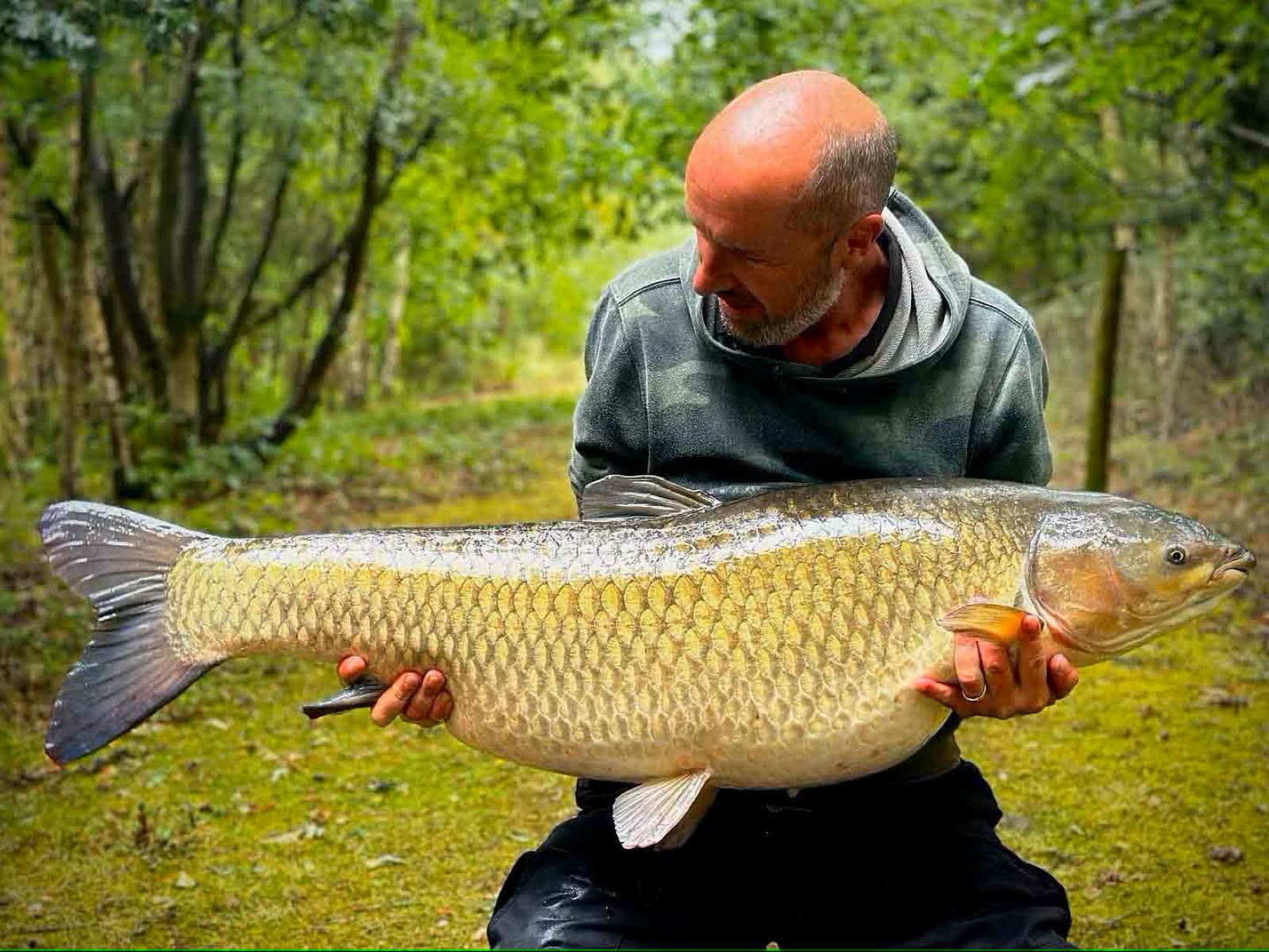
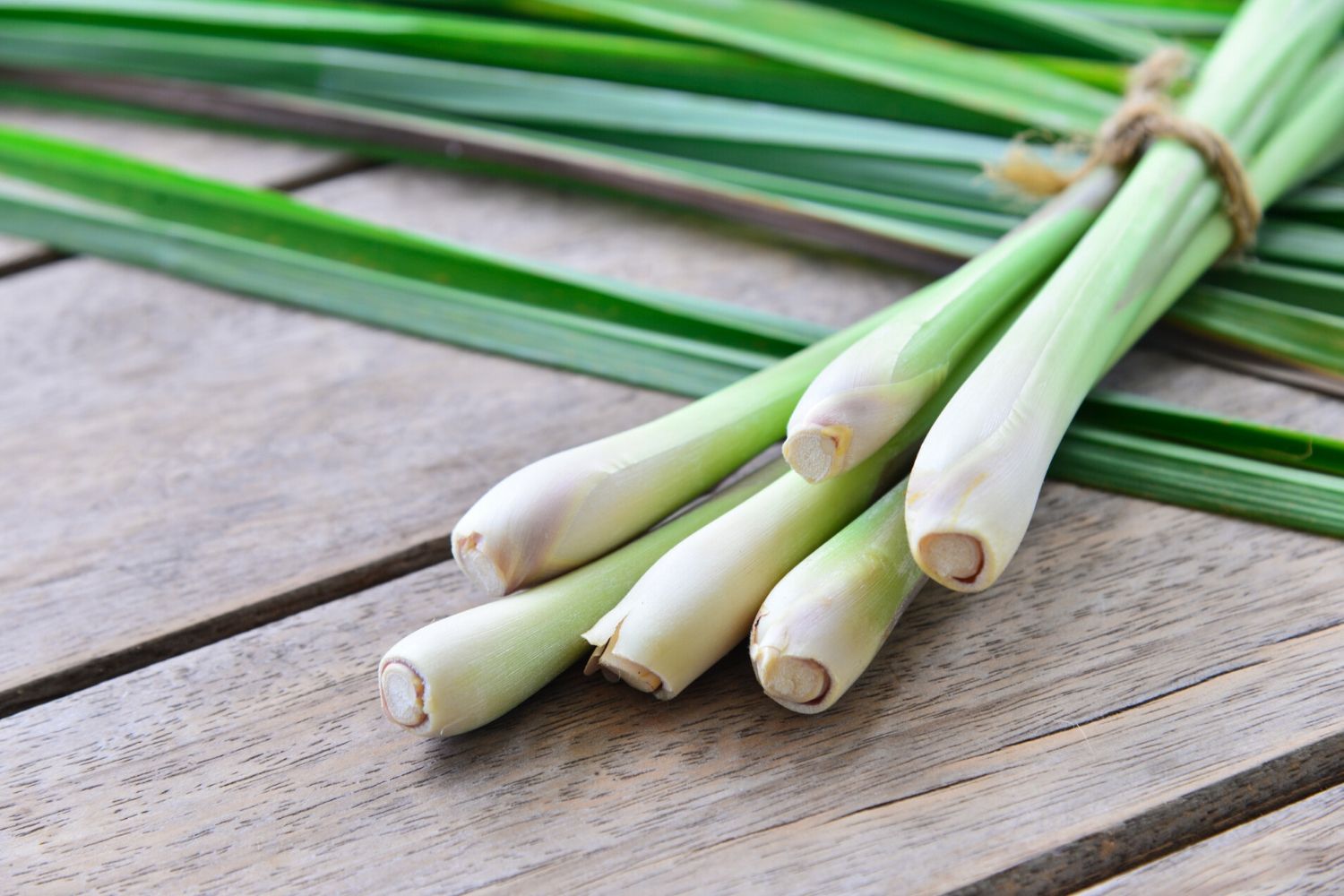
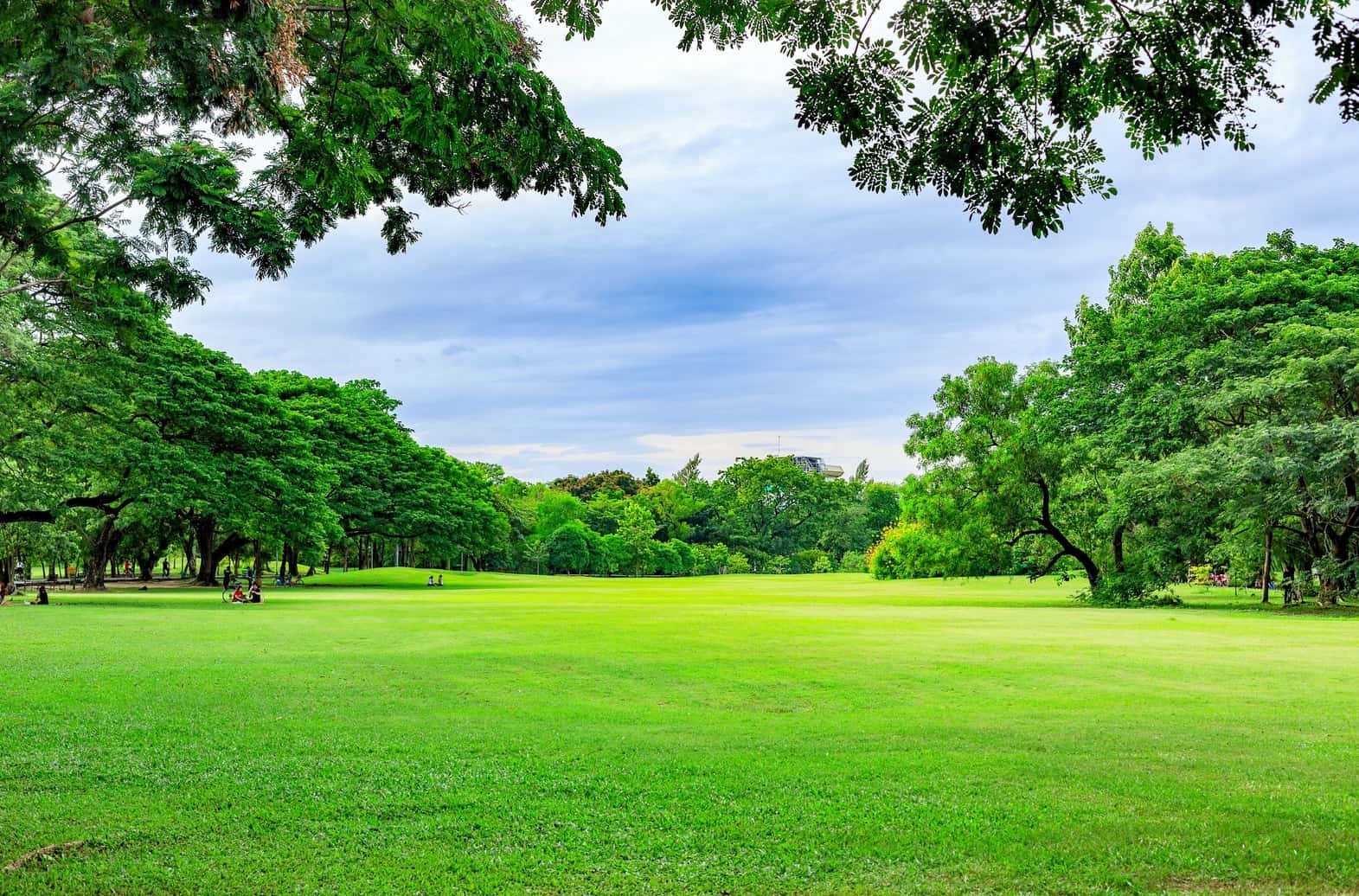
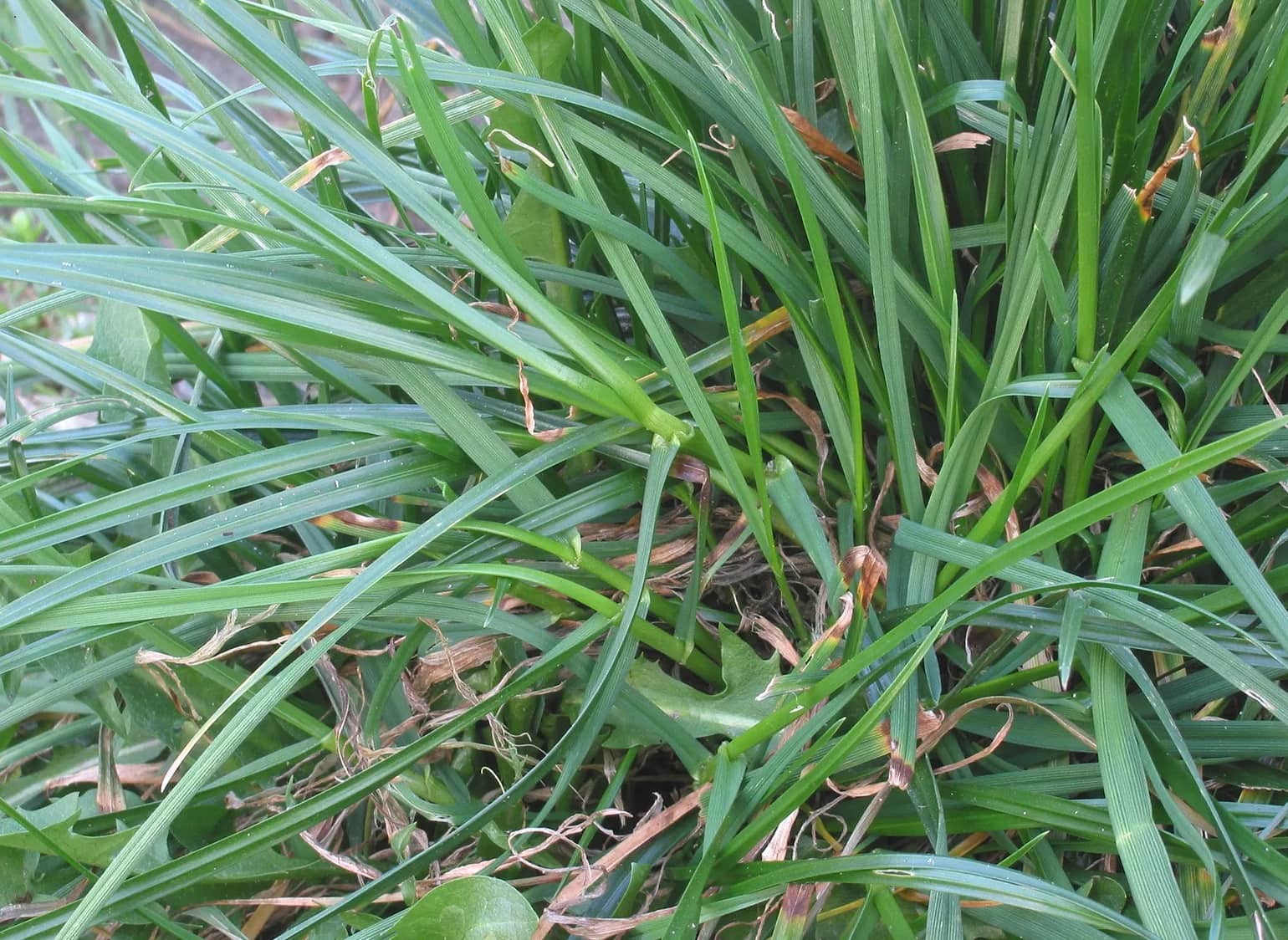
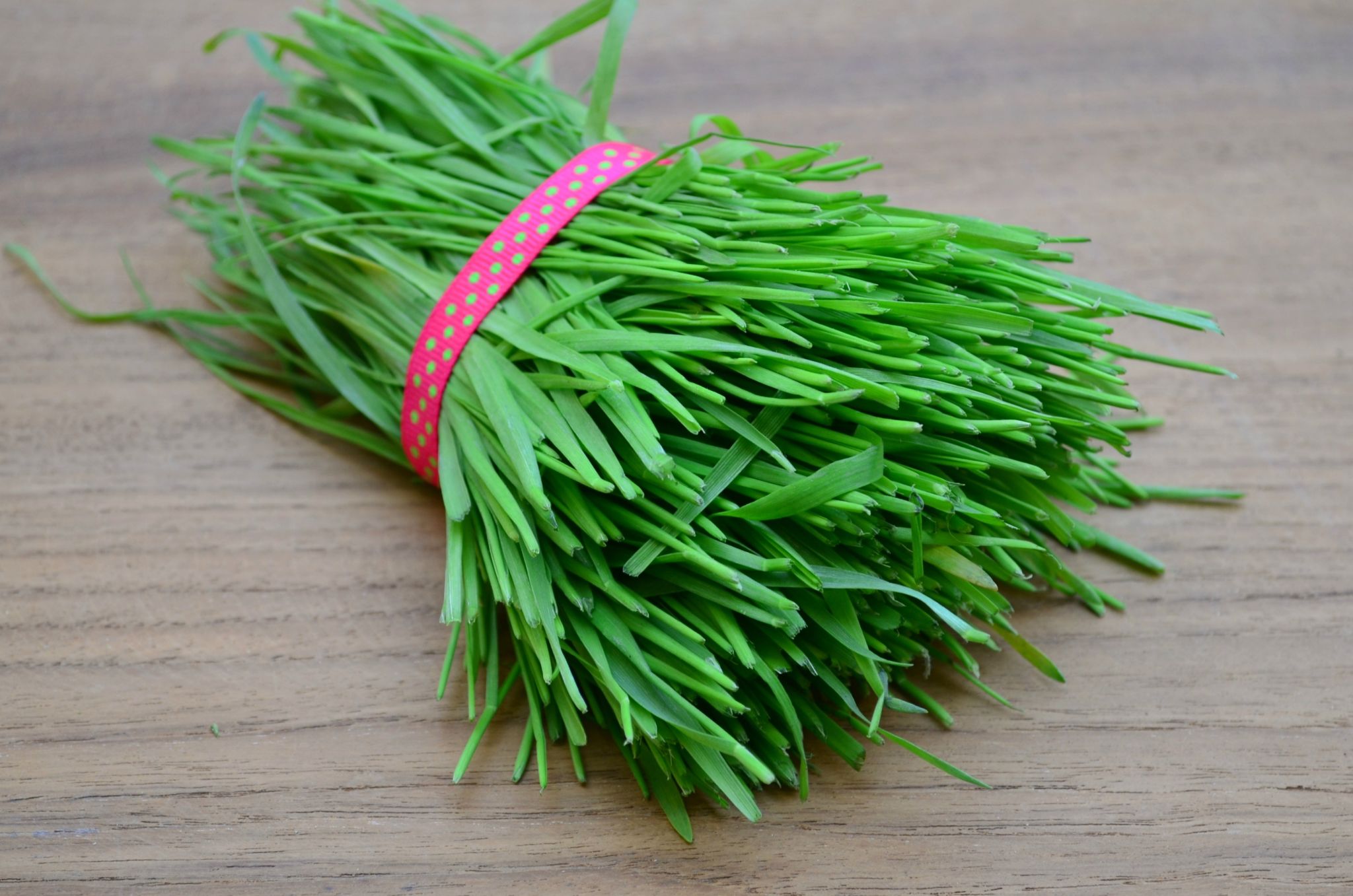
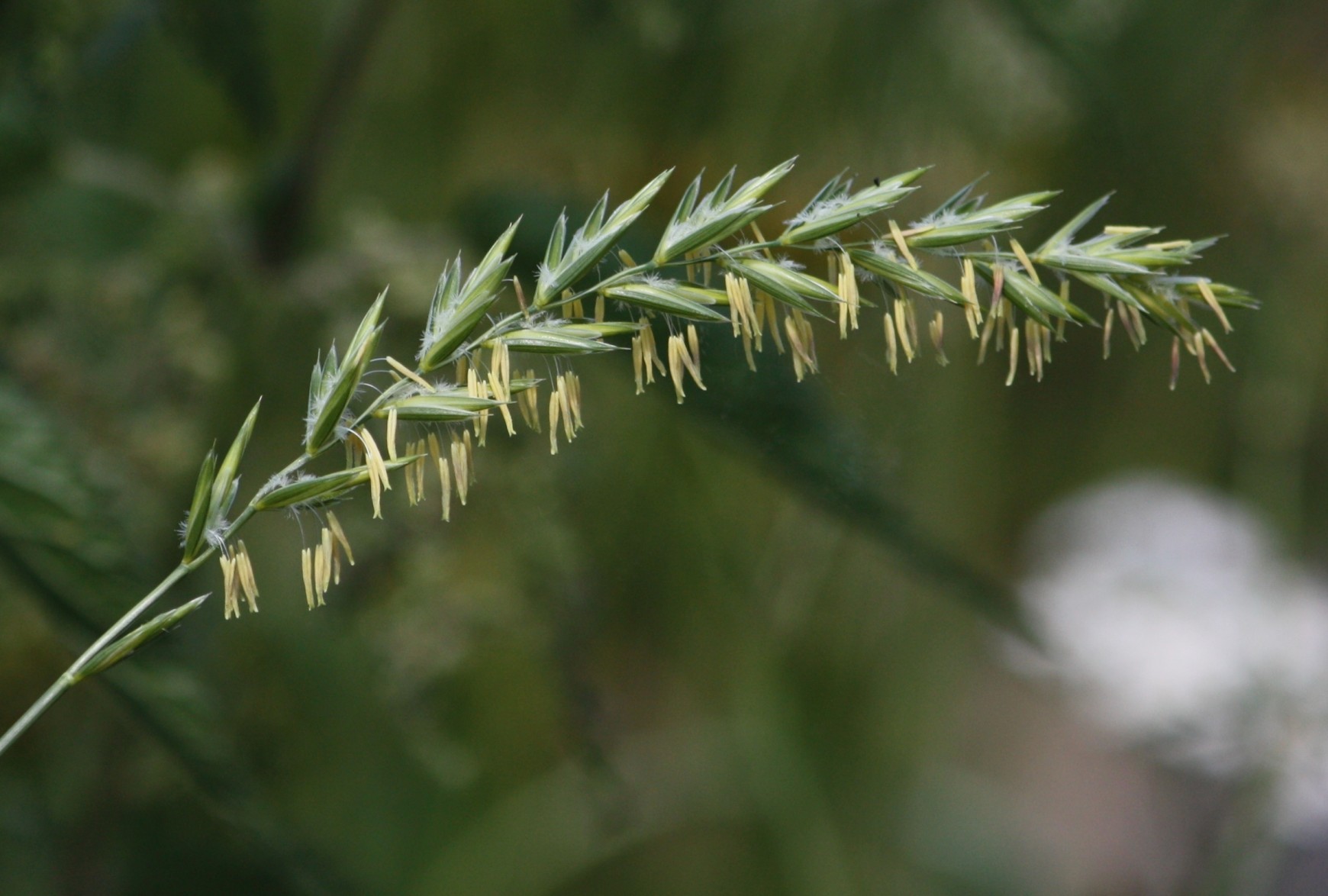
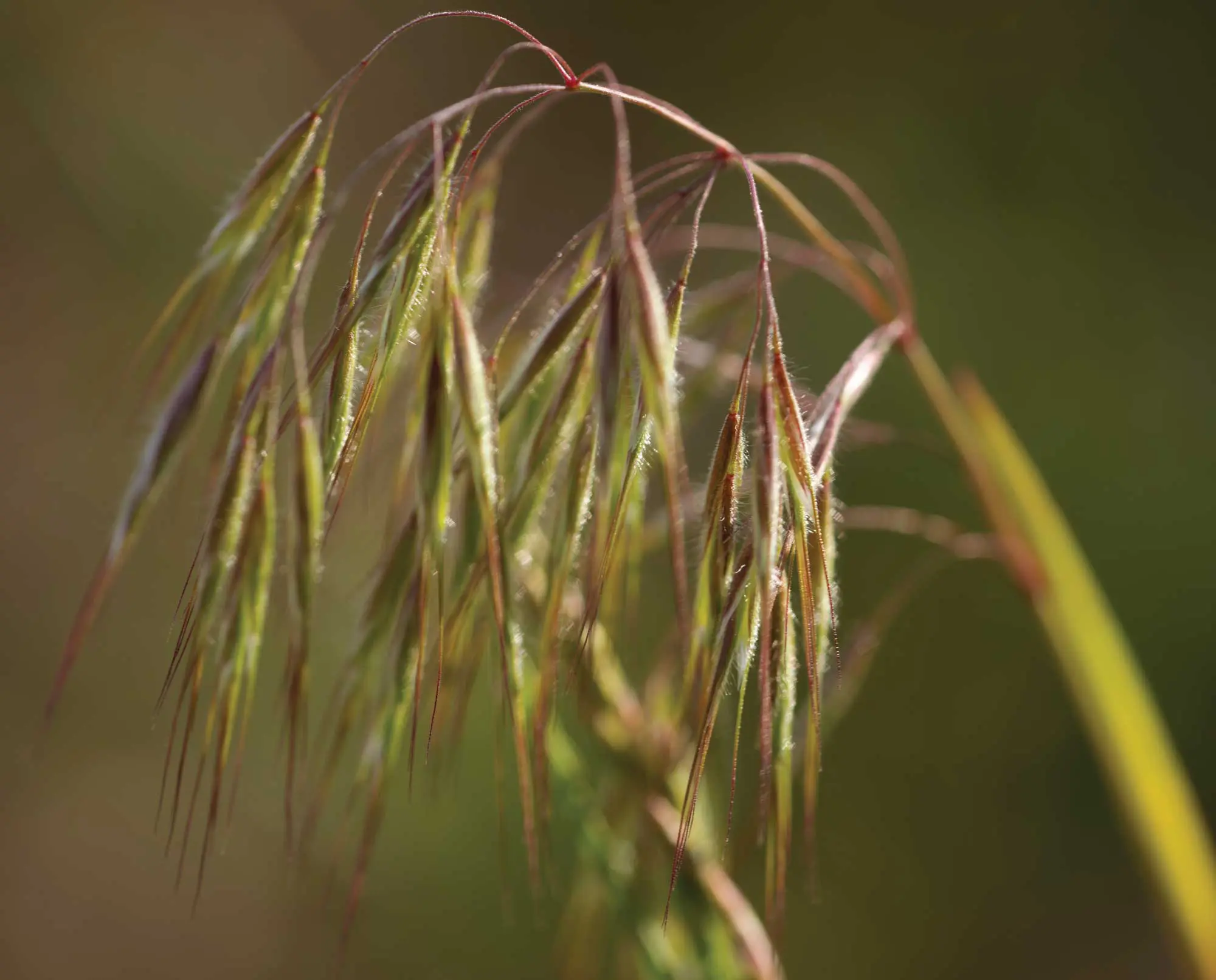
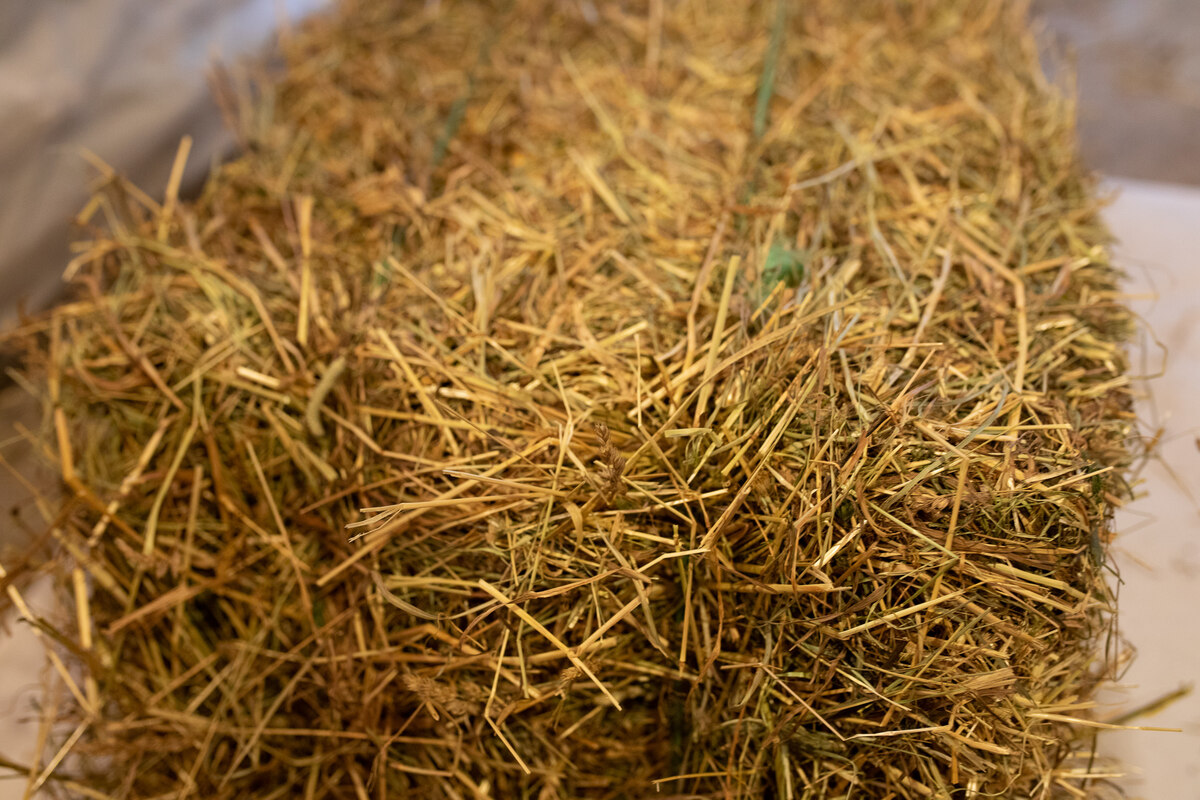
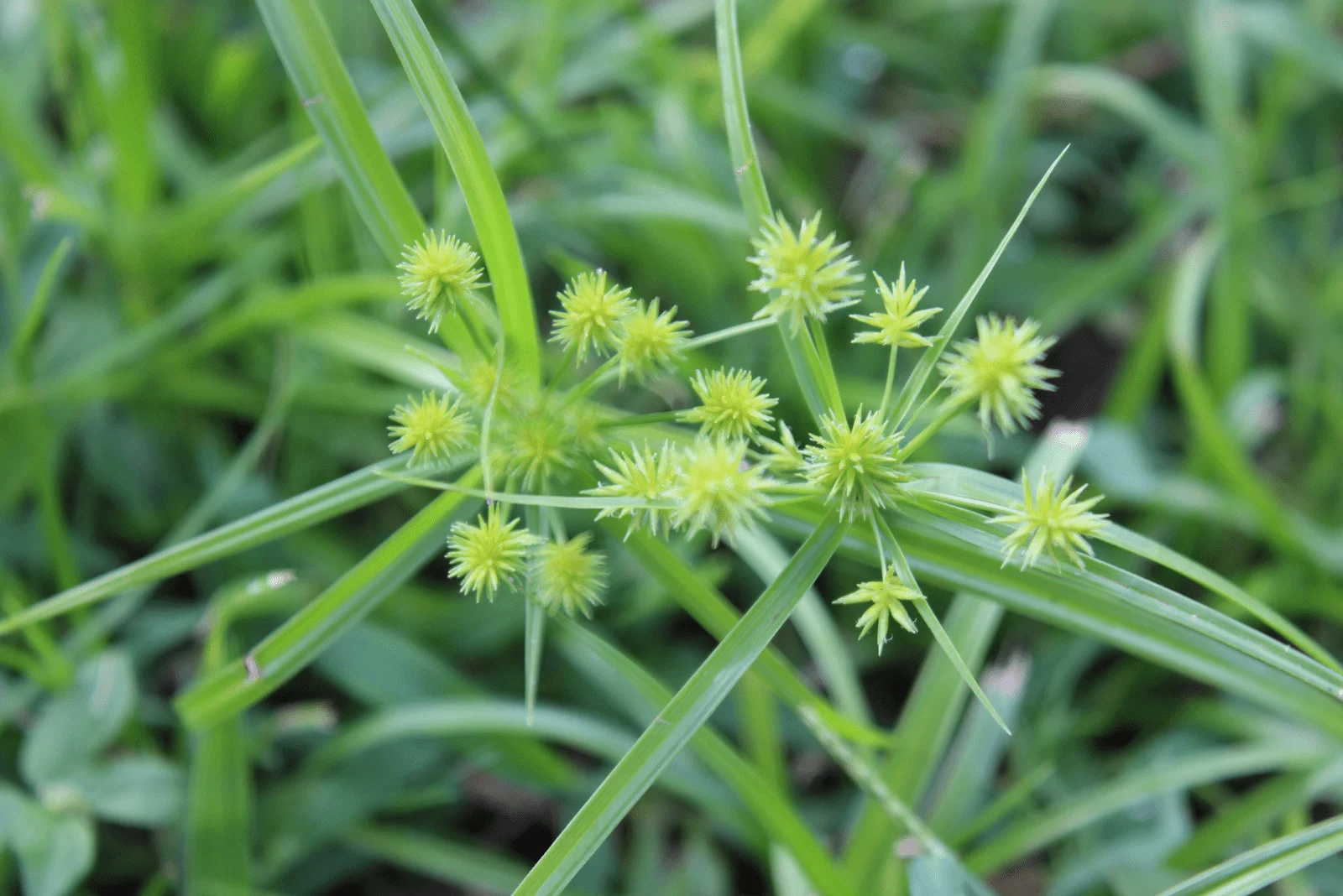
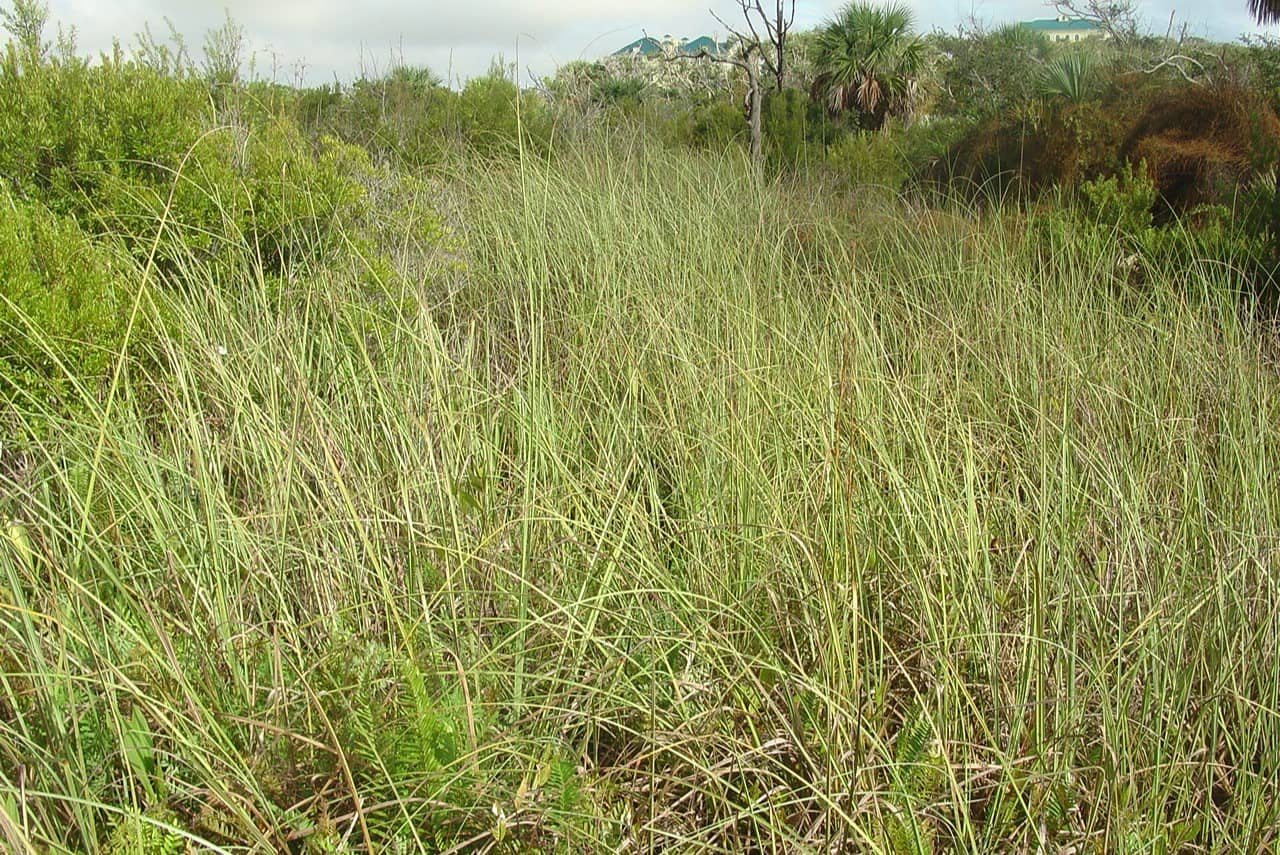
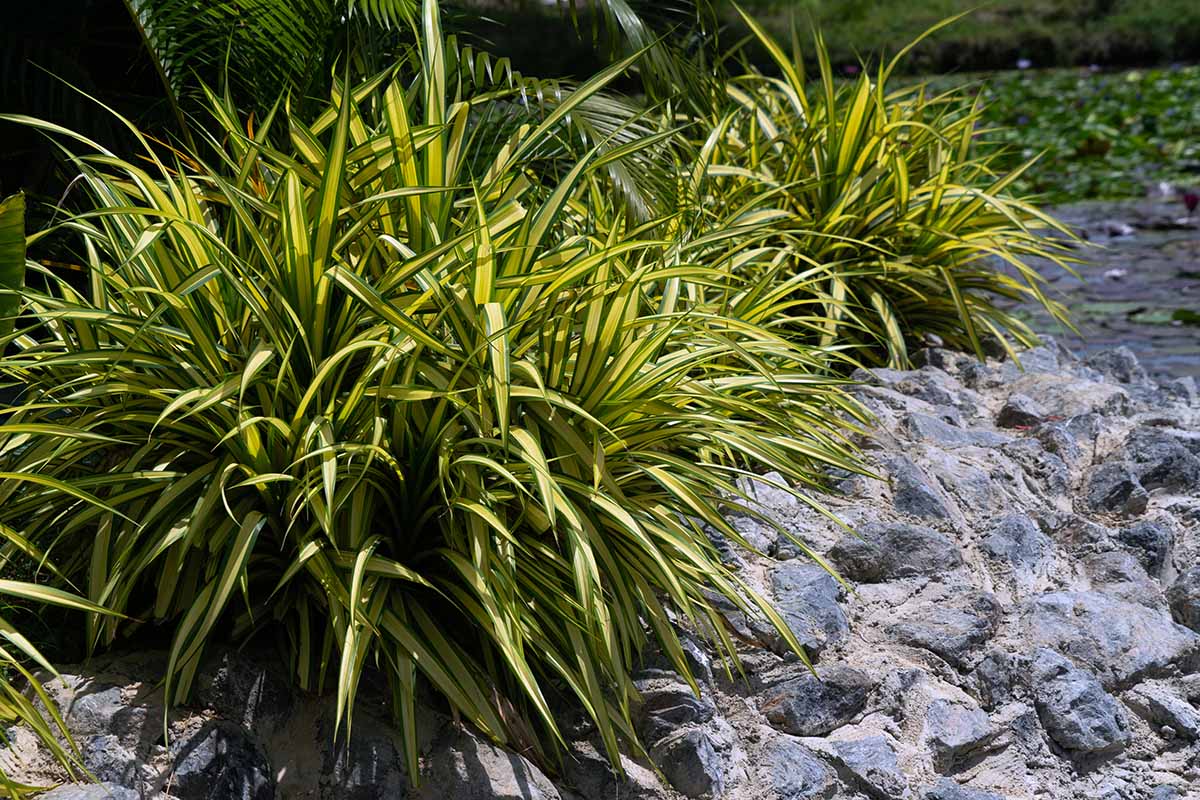
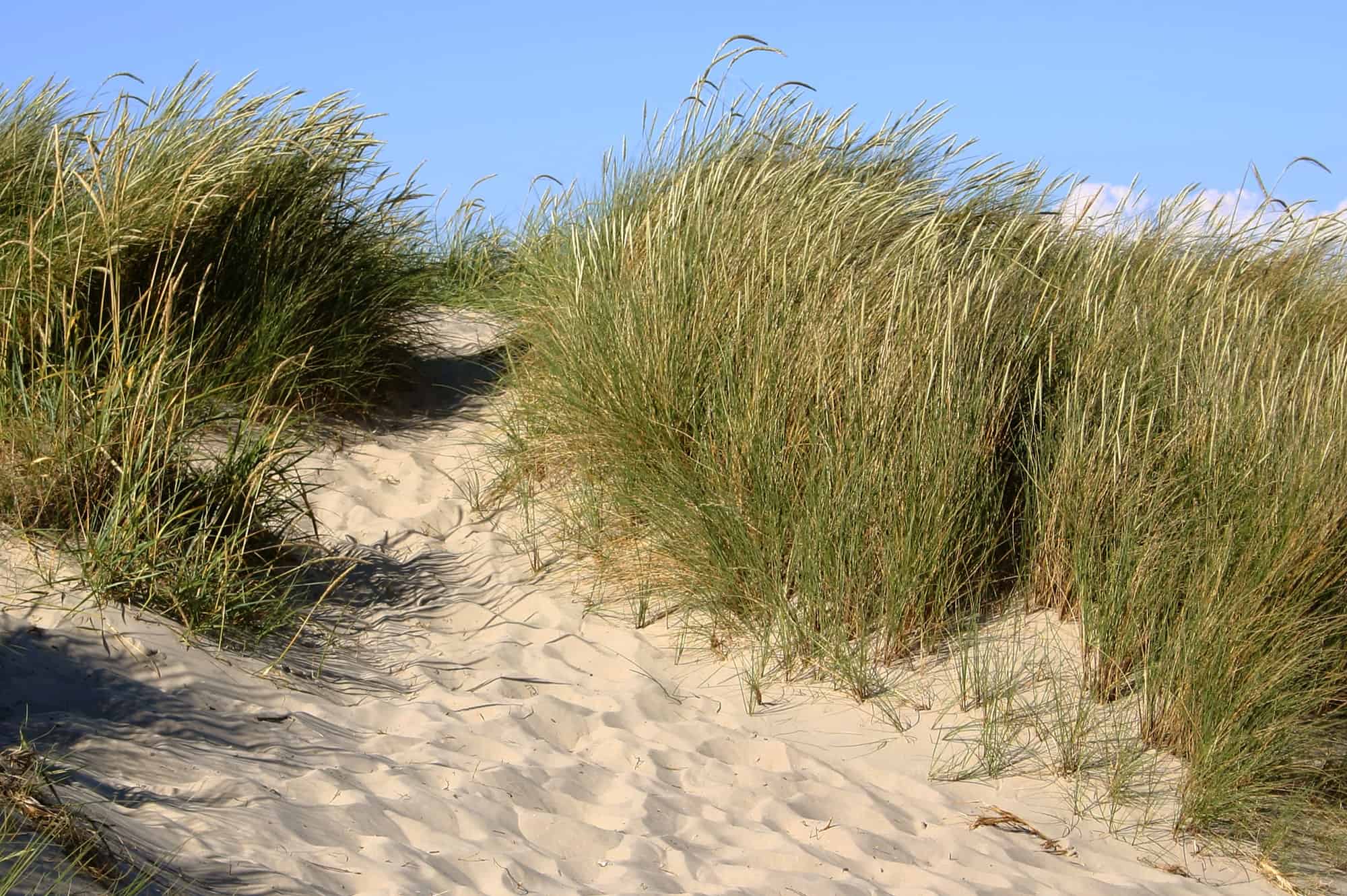
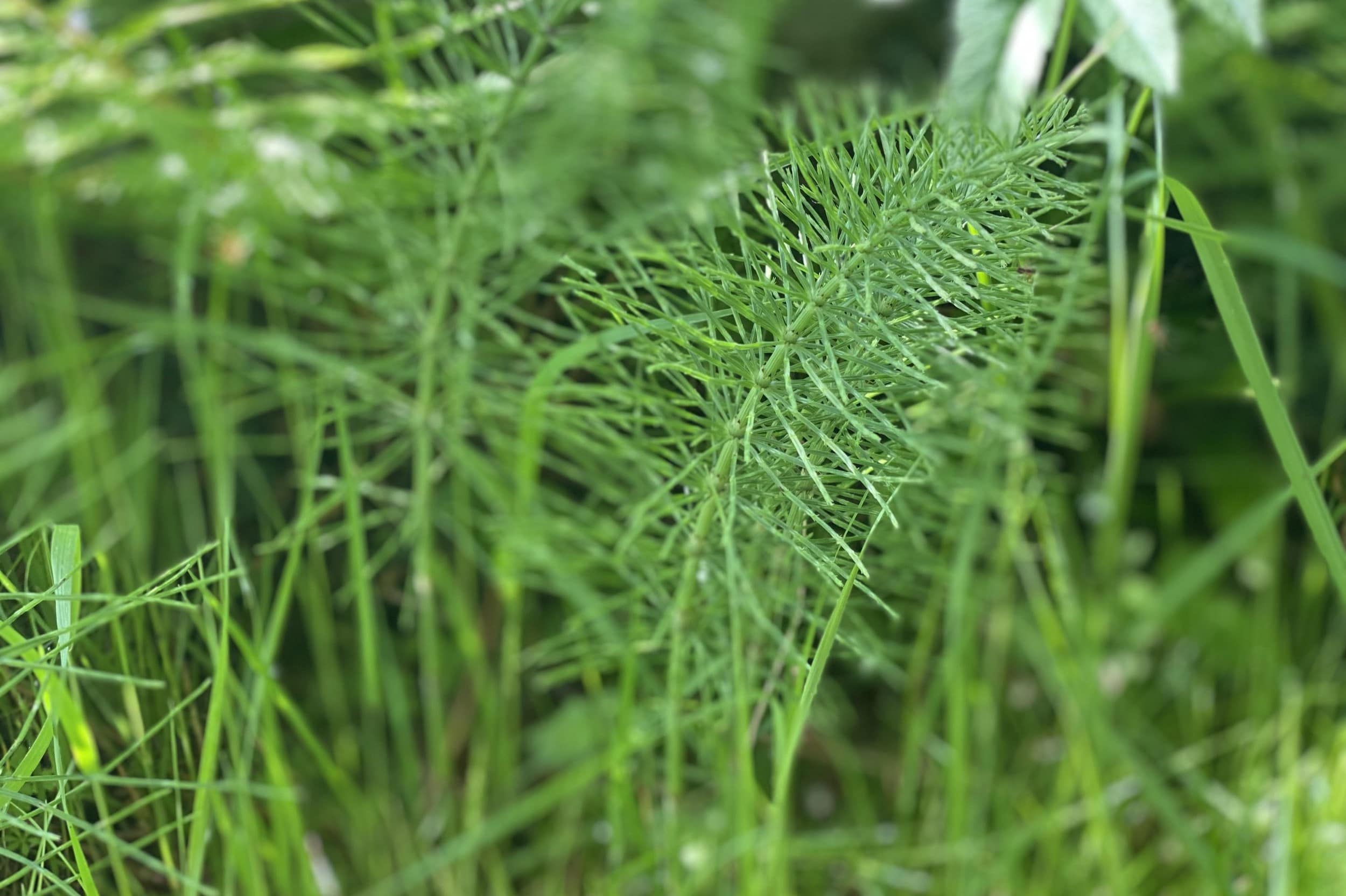
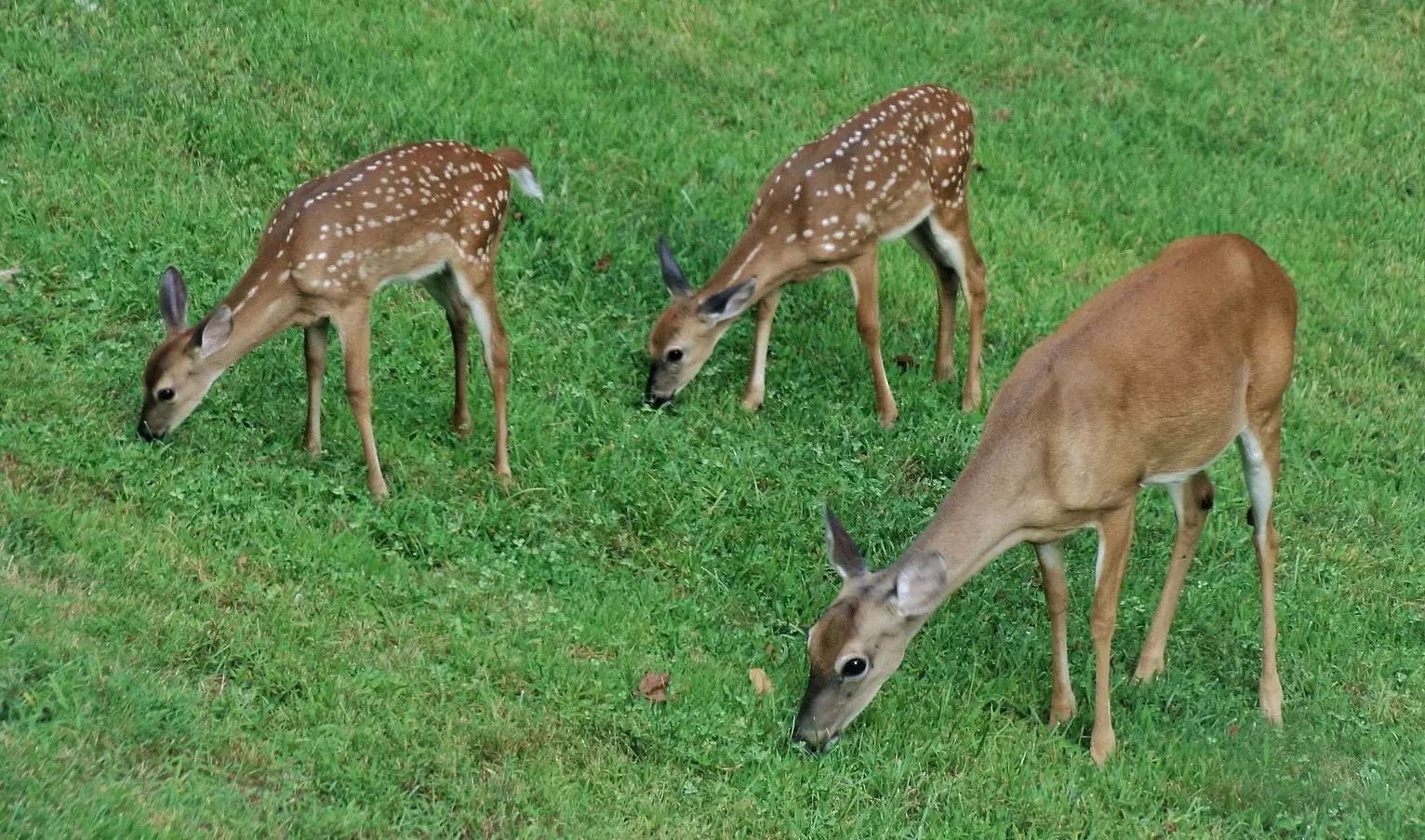

0 thoughts on “What Is Grass Carp”